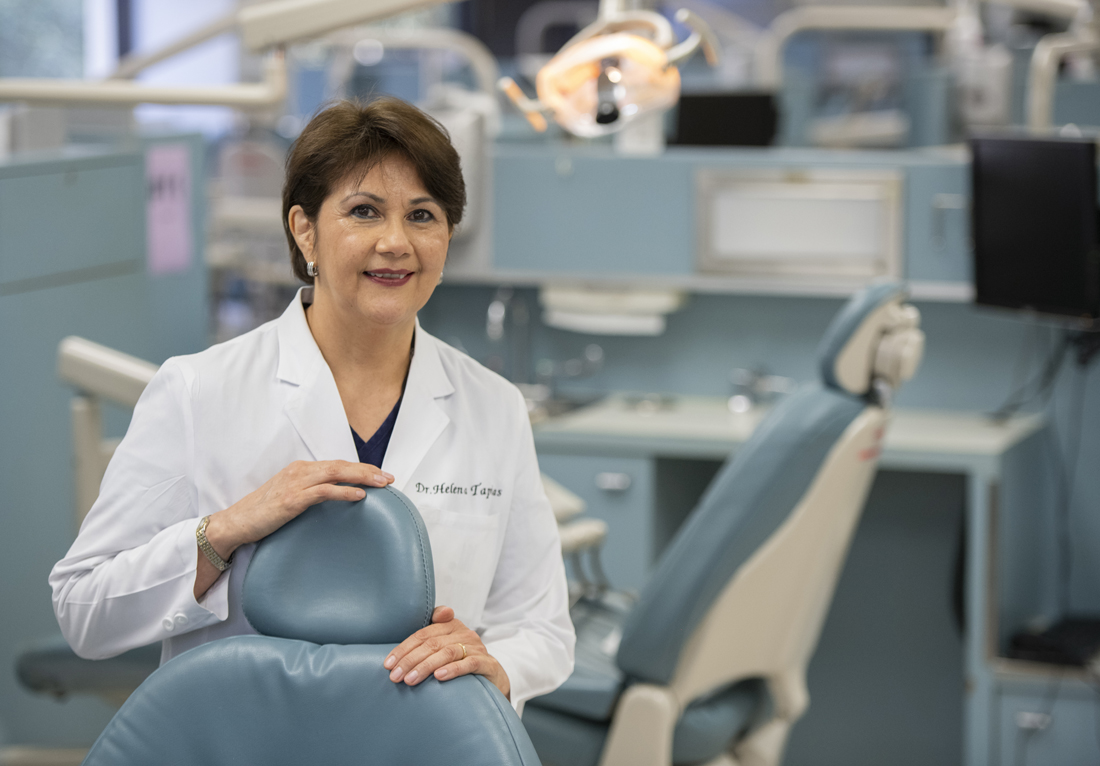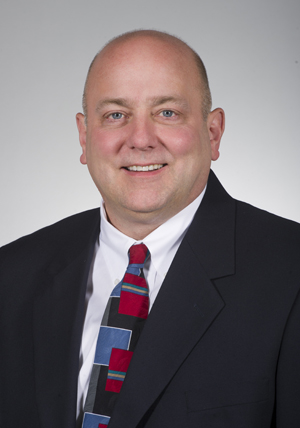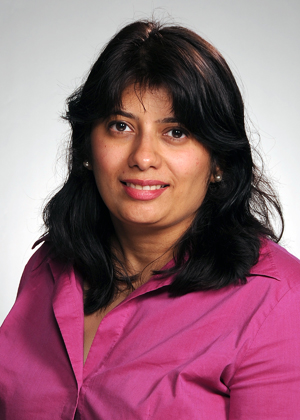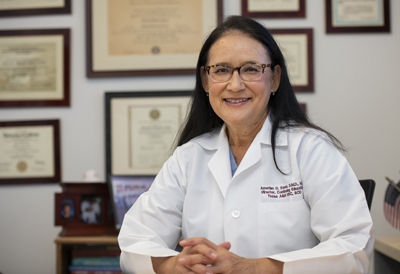Teaching anywhere, anytime

It’s well past bedtime, but Dr. Karl Woodmansey’s teaching day is nowhere near complete. When he logs in at 11 p.m., he has another 90 minutes to go. It’s morning in Kathmandu, Nepal, where 120 endodontists, dentists and students at the Dhulikhel Hospital dental school await his expertise, albeit virtually.

“That is the latest I have ever lectured,” says Woodmansey, clinical assistant professor in endodontics. On another day, he adjusts his clock to Pacific Daylight Time—just two hours behind Dallas—to teach D3 students at the University of Washington School of Dentistry in Seattle.
Virtually hopping time zones has become standard procedure in educators’ efforts to continue outreach. Dr. Amerian Sones, director of the Office of Continuing Education, can relate.
“The time zone can be challenging, and to accommodate the organizations, I may have to be flexible about speaking in the middle of the night,” she says.
A recent presentation for the Zimbabwe Dental Association took some forethought to make sure she “arrived” on time.
“I was scheduled for 10 a.m. Dallas time, which was 5 p.m. Zimbabwe time. Since I was actually in California traveling, the program was delivered at 8 a.m. Pacific time,” she says.

In late October, instead of hopping a plane to Philadelphia, Dr. Shirley Lewis-Miranda, clinical assistant professor in comprehensive dentistry, says she plans to present virtually to the Association of Women in Forensic Science. She also will log on at some odd time of day to present to dental students at her alma mater, Manipal College of Dental Sciences in Manipal, India. However, a November trip to Chongqing, China, was scrapped altogether.
Welcome to the new norm of continuing education. These at-all-hours presentations have become a reality for several Texas A&M College of Dentistry faculty members in this age of COVID-19. If not for 2020, they would have been flying to Nepal, Australia, Colombia, and numerous points around the U.S., but travel is out of the question. Yet these important presentations must go on.
Dr. Helena Tapias, clinical associate professor in comprehensive dentistry, has had a longstanding relationship with the Universidad Nacional de Colombia in Bogota, Colombia. She’s traveled there numerous times and says she never could have imagined the abrupt changes she’s faced this year.
“Thank God computers and social networking exist. Otherwise, we would be in total isolation,” she says.
And although the learning curve was fast and furious, faculty say they had to think outside the box and adapt quickly.
“The pandemic really cornered us into learning new ways of delivering our education and presentations,” Sones says.
While virtual meetups have been a godsend for Tapias in keeping connected with her global cohorts, she says there are definitely tradeoffs, too.
“I miss a lot the human connection with folks that I have the opportunity to see only during these meetings,” she says. “I’m looking forward to going back to ‘normal’ life, but I’m personally convinced this normal will be a ‘different normal.’”

Sones says she wouldn’t be surprised if virtual presentations become the new normal because organizations “now can see that travel expenses, lodging and catering are costly.”
Of course there is a downside to teaching remotely: connectivity issues and spotty Wi-Fi service.
“One of the students living in a rural area needed to walk a lot in order to find a good Wi-Fi spot,” Tapias says of a recent Bogota presentation. “You never think about how other people are struggling to get what we have here just at our desk.”
Although online presentations certainly cut down on the hassle of traveling, virtual get-togethers lack the energy and excitement of being in person, Sones says. Attendees who turn off their video and audio sometimes make it feel like she’s talking to a computer.
“It is hard to gauge audience interest and to even know if they are actually present,” she says. “I personally like to see the audience so as a speaker I can assess the attention and interest.”
While educators won’t get international stamps in their passports anytime soon, virtual presentations have provided other scenic highlights.
Creative Zoom backdrops, or just in-home surroundings, have been an unexpected fun result of working with distant audiences, Sones says. Plus, she has no complaints about presenting in jeans and comfy sneakers. An added bonus? When she spies someone’s pet walking through unexpectedly.